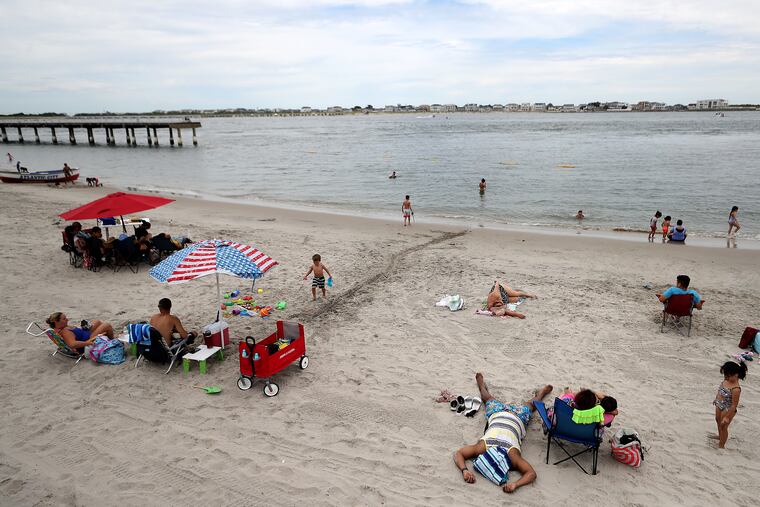Water-gate at the Jersey Shore? A federal team will dive into those record-high surf temperatures.
The record readings are in question, and NOAA has "disabled" the Atlantic City gauge due to "suspect" data.

The record readings are in question, and NOAA has "disabled" the Atlantic City gauge due to "suspect" data.
